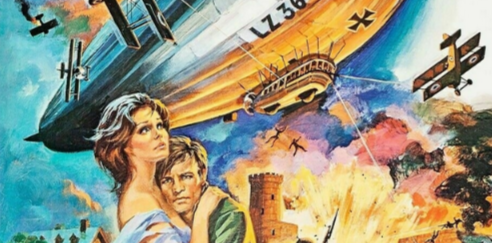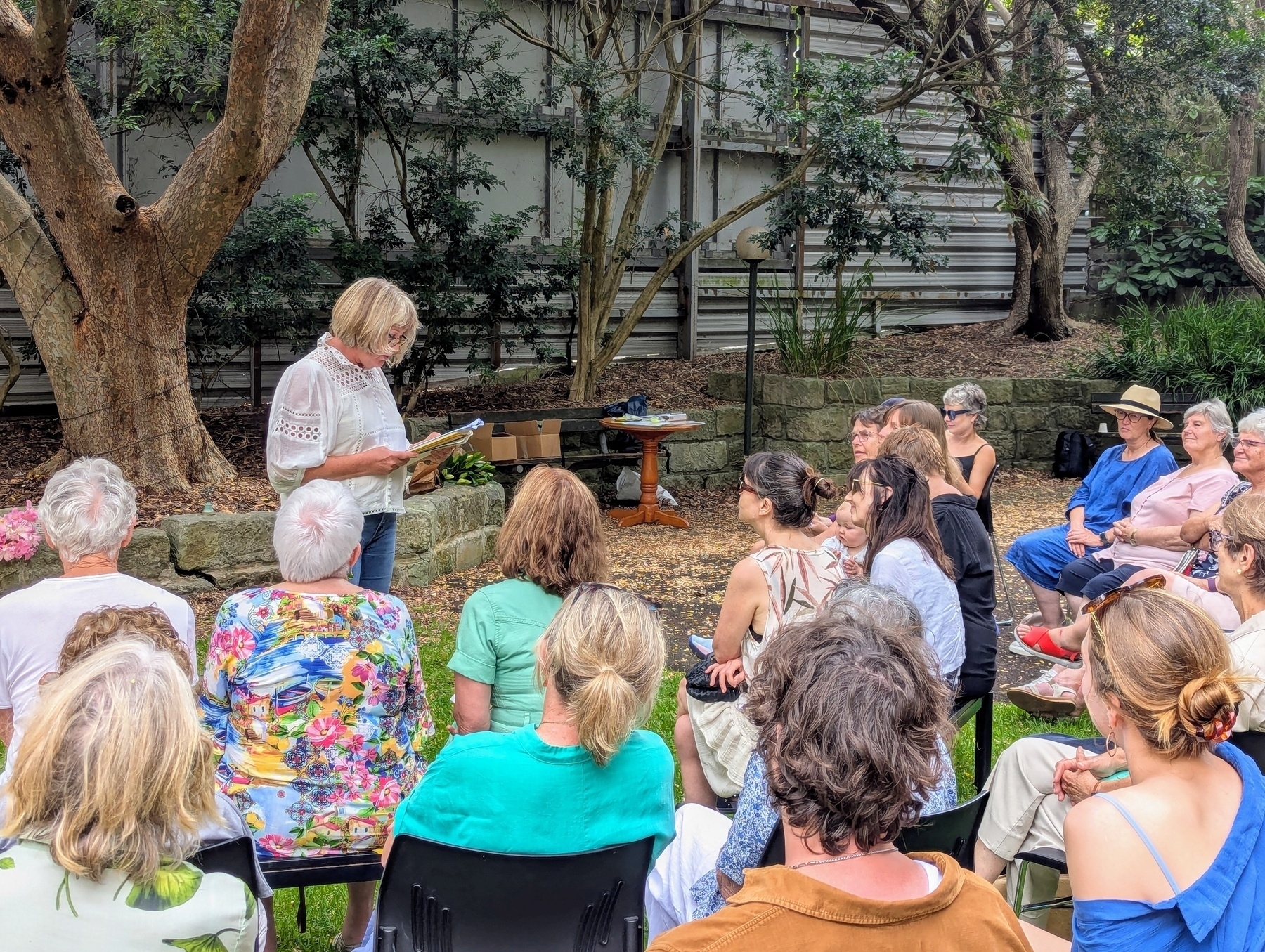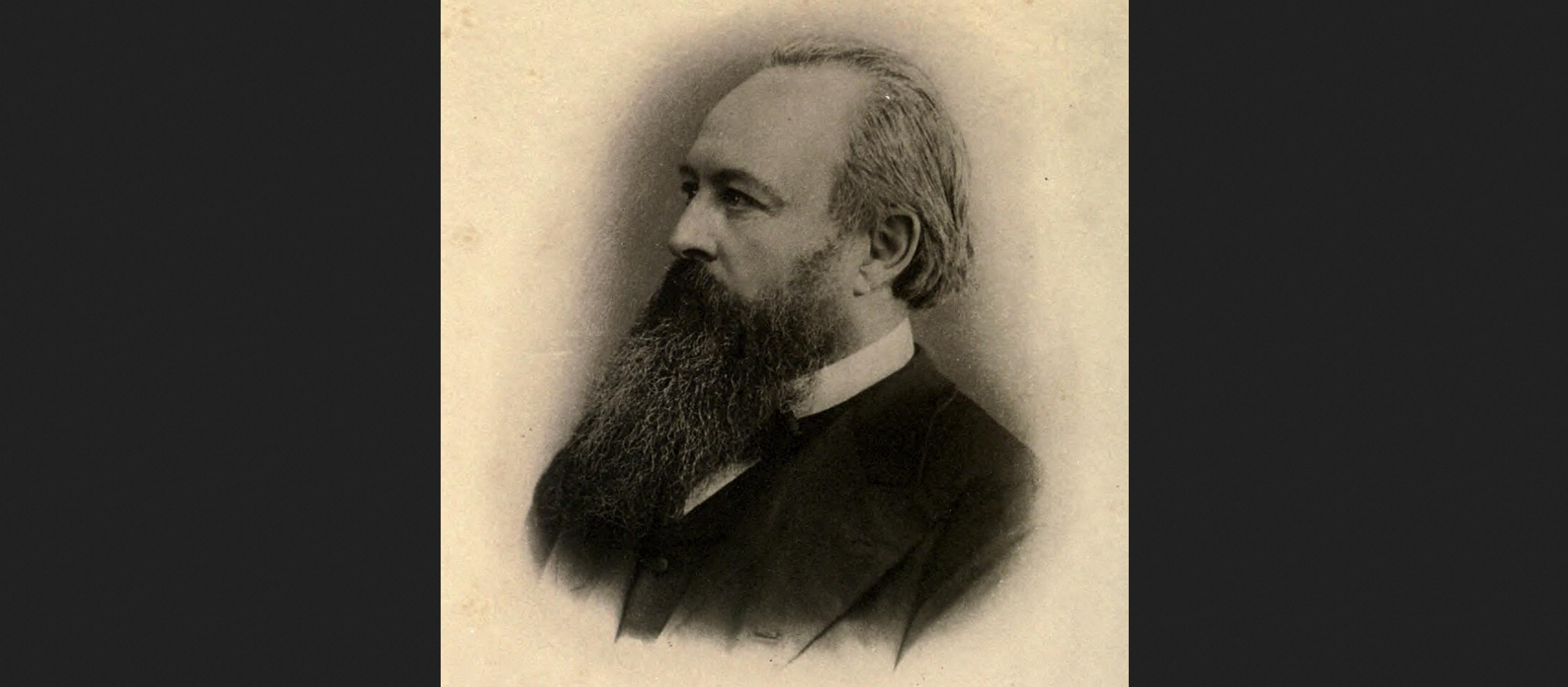Tame the chaos with just four folders for all your notes
Bob Doto’s A System for Writing recommends a structured Zettelkasten (note box) using four folders: In-box, Sleeping, References, and Main. With just these four you can manage your notes effectively and enhance the writing process.
💬 This is a quiet space…
Moving to Sydney offered cheap train travel compared with Europe. “Never mind arriving,” I would say, “it’s great value just for the view.”
Looks like they’ve finally worked out the real value proposition.

Lord Acton took too many notes, but that doesn't mean you have to
Excessive note-taking can hinder productivity and completion of work, as illustrated by Lord Acton’s struggle to publish significant historical writings despite his vast knowledge. Oh, those Victorians.
The Dance of Joyful Knowledge: Inside Georges Didi-Huberman's Monumental Note Archive
Georges Didi-Huberman’s extensive collection of over 148,000 notes exemplifies the enduring relevance and creativity of the Zettelkasten method in art and philosophy.
The article that struck Will like a bolt of lightning:
What’s the purpose of making notes?
Image: Sayre Gomez at the Art Gallery of NSW.
TIL of a philosopher and prolific author who maintains at the heart of their working practice a collection of more than 148,000 notes. It’s a fascinating story, catnip for #zettelkasten fans, and you’ll be reading it here very soon.
Roland Barthes on the purpose of making notes
Note-taking should mainly serve as a means to enable writing rather than being an exhaustive record of knowledge. At least, that’s my approach.
My writing process oscillates between notes and drafts
Writing is a messy, iterative process involving rough ideas, multiple drafts, and the challenge of balancing note-taking with drafting to ultimately create coherent work.
I’m always comparing my sloppy first drafts with other people’s heavily-edited published work. So it’s no wonder I’m down on my own stuff; this is a completely unfair contest of my own making.
That’s why I’ve found Dan Harmon’s advice enduringly helpful:
💬 Switch from team “I will one day write something good” to team “I have no choice but to write a piece of shit.”
In other words, ‘perfect’ is for editing, not for writing.
I’ve been asking what comes after content?. Here’s one possibility, dreamed up by Burnout from Humans.
More at The Wild Chatbot. HT: Rowenwhite.

Nothing is immune from the law of fashion: what looks cutting edge today will date very quickly. Before long, AI-generated ‘content’ will be what you won’t be seen dead wearing. So what comes after content?

💬 This quote from Thus Spoke Zarathustra seemed to land for me.
💬“I had in my mind to write three books about the world as it was, using concepts and images almost like characters. But I ended up making a long detour.” — Italian author, Roberto Calasso. (Source).
“Long detour” is an apt summary of a writing life, and fitting inspiration for my latest project.

Ironically, I just saw this message from 2013 on the same day I heard Microsoft has announced it’s retiring Skype.
I guess my superpower is Late Adoption.

📷 It’s always amazing to be reminded we’re living on the surface of an exquisite marble. Thanks Firefly! (Also a comforting reminder we can just visit the moon - beautiful in a different way: ravaged and bleak.)

A nice little book launch today for our anthology. Destinations & Detours. I guess it was also the launch of Detour Editions 😁.
It was great to see this many people and to have some deep conversations.

💬“If something happened that struck me, I would write a note — sometimes just on a little scrap of paper — and would slip these pieces of paper into a folder… Especially if I got stuck, I would take another piece of paper and say, ‘You’re stuck on this damn paper, so write about why you got stuck.’” — Peter Elbow, author of Writing with Power, 1935-2025.
(HT: Chris Aldridge)
”Just as no one can be Charles Dickens these days, very soon, no one will be able to market anything that looks like what AI could produce.”
I’ve found writing on Wordpress a bit of a chore. Plenty of features when all I wanted to do was post a little article. These days micro.blog suits me very well.
If you use Wordpress but would enjoy a simpler editing interface here are two newish options:
HT: John Jonston

